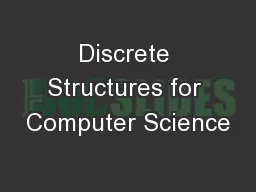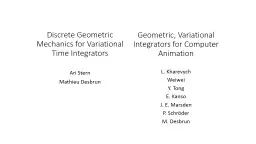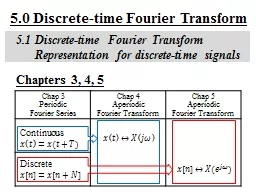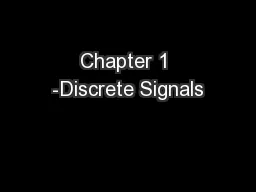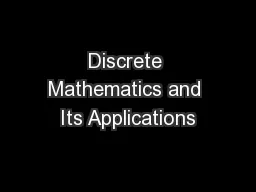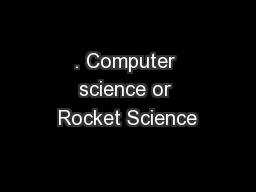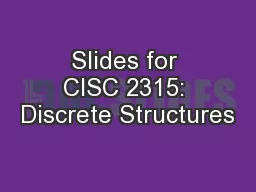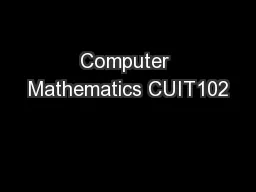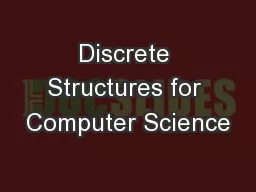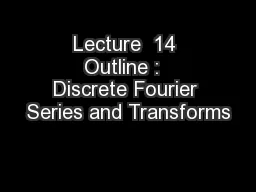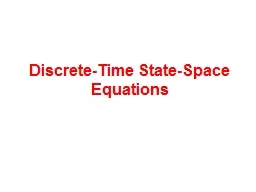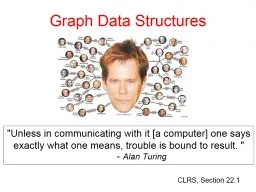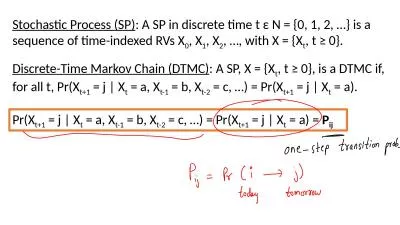PPT-Discrete Structures for Computer Science
Author : calandra-battersby | Published Date : 2018-11-10
Presented ByAndrew F Conn Lecture 23 N ary relations and Representations November 30 th 2016 Announcements This is the end of new material Thank you for sticking
Presentation Embed Code
Download Presentation
Download Presentation The PPT/PDF document "Discrete Structures for Computer Science" is the property of its rightful owner. Permission is granted to download and print the materials on this website for personal, non-commercial use only, and to display it on your personal computer provided you do not modify the materials and that you retain all copyright notices contained in the materials. By downloading content from our website, you accept the terms of this agreement.
Discrete Structures for Computer Science: Transcript
Download Rules Of Document
"Discrete Structures for Computer Science"The content belongs to its owner. You may download and print it for personal use, without modification, and keep all copyright notices. By downloading, you agree to these terms.
Related Documents

